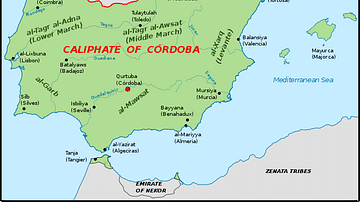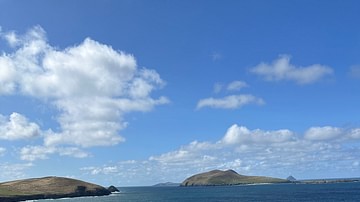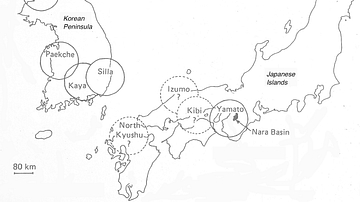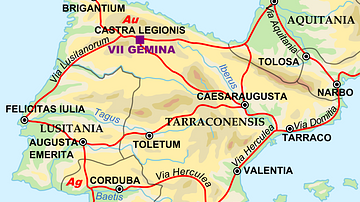Illustration
These offering bearers made from limestone are the most common type of representation found at the ancient Iberian Shrine of Cerro de los Santos (Montealegre de Castillo, Albacete) in Spain. These specimens date from the 3rd-2nd century BCE. They are usually women, although the odd male figure can be found too. They are always richly garbed and hold an offering vessel in both hands. (Museo Arqueológico Nacional, Madrid)
About the Author
Cite This Work
APA Style
Wiener, J. B. (2017, November 02). Iberian Female Offerants. World History Encyclopedia. Retrieved from https://www.worldhistory.org/image/7533/iberian-female-offerants/
Chicago Style
Wiener, James Blake. "Iberian Female Offerants." World History Encyclopedia. Last modified November 02, 2017. https://www.worldhistory.org/image/7533/iberian-female-offerants/.
MLA Style
Wiener, James Blake. "Iberian Female Offerants." World History Encyclopedia. World History Encyclopedia, 02 Nov 2017, https://www.worldhistory.org/image/7533/iberian-female-offerants/. Web. 29 Jun 2025.








